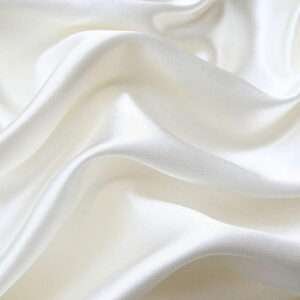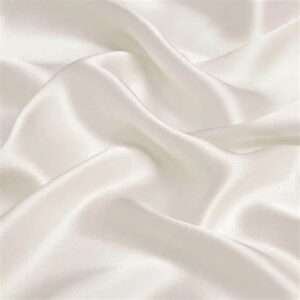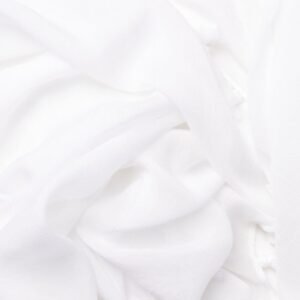Fabric
Introduction
The fabric is an integral part of our daily lives, from the clothes we wear to the home decor that surrounds us. This comprehensive description delves into the fascinating world of fabric, exploring its history, types, production processes, applications, environmental impact, and care. Whether you’re a fashion enthusiast, a home decorator, or someone interested in textile arts, this guide offers everything you need to know. For premium quality, visit Saad Salman.
Table of Contents
- Overview
- History of Fabric
- Types of Fabric
- Production Process
- Characteristics of Fabric
- Applications
- Environmental Impact
- Ethical Considerations
- Care Instructions
- Where to Buy
- Conclusion
- References
Overview
Fabric, a versatile material made from fibers, is used in a wide range of products from clothing to home furnishings. Different types of fabric have distinct properties that make them suitable for specific uses. Explore a variety of high-quality fabrics at Saad Salman.
History
The history of fabric dates back to ancient civilizations where natural fibers like cotton, wool, and linen were used to create clothing and other textiles. Over time, advancements in technology have introduced synthetic fibers, expanding the possibilities of fabric production. For a detailed history, visit Wikipedia on Textile.
Types
Natural Fabrics
Natural fabrics are derived from plants and animals. Common types include:
- Cotton: Known for its softness and breathability. Learn more on Wikipedia.
- Wool: Renowned for its warmth and elasticity. Discover more on Wikipedia.
- Silk: Valued for its luxurious feel and sheen. Read more on Wikipedia.
- Linen: Appreciated for its strength and coolness. Find out more on Wikipedia.
Synthetic
Synthetic are man-made and offer unique advantages:
- Polyester: Durable and resistant to shrinking and stretching. More information on Wikipedia.
- Nylon: Known for its high strength and elasticity. Learn more on Wikipedia.
- Acrylic: Often used as a wool substitute. Read more on Wikipedia.
Production Process
Weaving
Weaving is a process of interlacing two sets of yarns at right angles to create fabric. This method is used to produce a variety of fabrics, from lightweight muslins to heavy denim. For detailed information, visit Wikipedia on Weaving.
Knitting
Knitting involves interlocking loops of yarn to create fabric. This technique is popular for producing stretchy and comfortable textiles like sweaters and socks. Learn more on Wikipedia.
Non-Woven
Non-woven fabrics are made by bonding or felting fibers together. These are commonly used in medical supplies, filters, and insulation. Discover more on Wikipedia.
Characteristics
Fabric characteristics vary widely depending on the fiber content and production methods:
- Breathability: Important for comfort in clothing.
- Durability: Determines the lifespan of the fabric.
- Elasticity: Affects the fit and comfort of garments.
- Absorbency: Important for towels and activewear.
Applications
Fashion
Fabric is a cornerstone of the fashion industry, used to create everything from haute couture to everyday wear. Different fabrics offer various aesthetics and functional properties.
Home Decor
Fabrics are essential in home decor, used in items such as curtains, upholstery, and bedding. The choice of fabric can significantly influence the ambiance of a space.
Industrial Uses
In industrial applications, fabrics are used in products like conveyor belts, filtration systems, and protective clothing.
Environmental Impact
The environmental impact of fabric production varies. Natural fabrics are generally more sustainable, but synthetic often have a lower carbon footprint due to less intensive farming practices. For an in-depth look, visit Wikipedia on Environmental Impact of Textiles.
Ethical Considerations
Ethical considerations in fabric production include labor practices and animal welfare. Consumers are increasingly seeking fabrics produced under fair trade conditions and without animal cruelty. Explore ethical fabric options at Saad Salman.
Care Instructions
Proper care extends the life of fabrics. General tips include:
- Washing: Follow care labels for temperature and detergent recommendations.
- Drying: Air drying is often preferable to prevent shrinkage.
- Ironing: Use appropriate heat settings based on fabric type.
Where to Buy
For high-quality fabrics, visit Saad Salman. Their extensive collection includes a variety of fabrics suitable for all applications.
Conclusion
Fabric is a fundamental material in our lives, with a rich history and a wide range of applications. Understanding the different types of fabric, their production processes, and their properties can help you make informed choices for your textile needs. Whether you’re looking for sustainable options or luxurious textiles, the right fabric can enhance your projects and lifestyle.
References
For more detailed information, explore these references:




Reviews
There are no reviews yet.